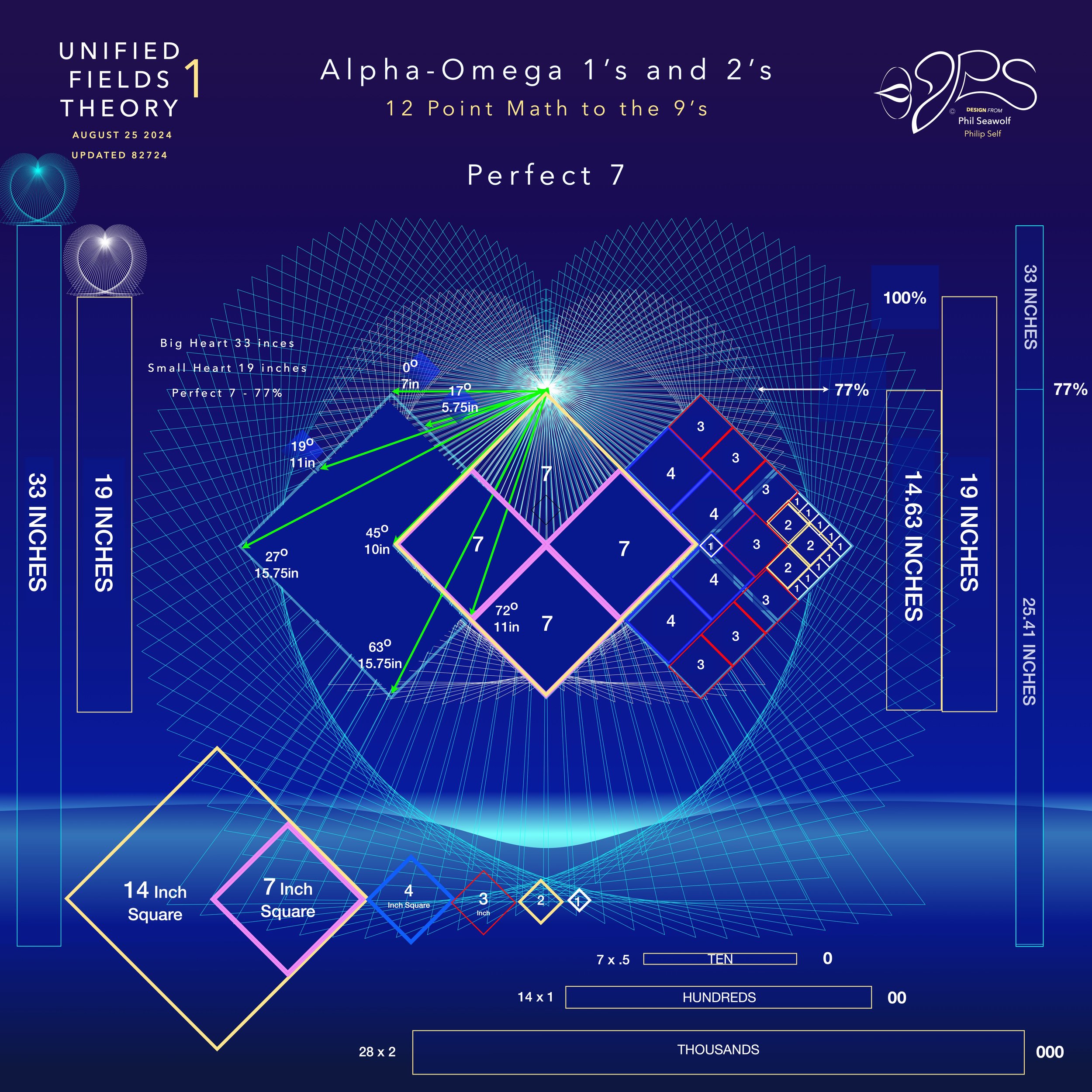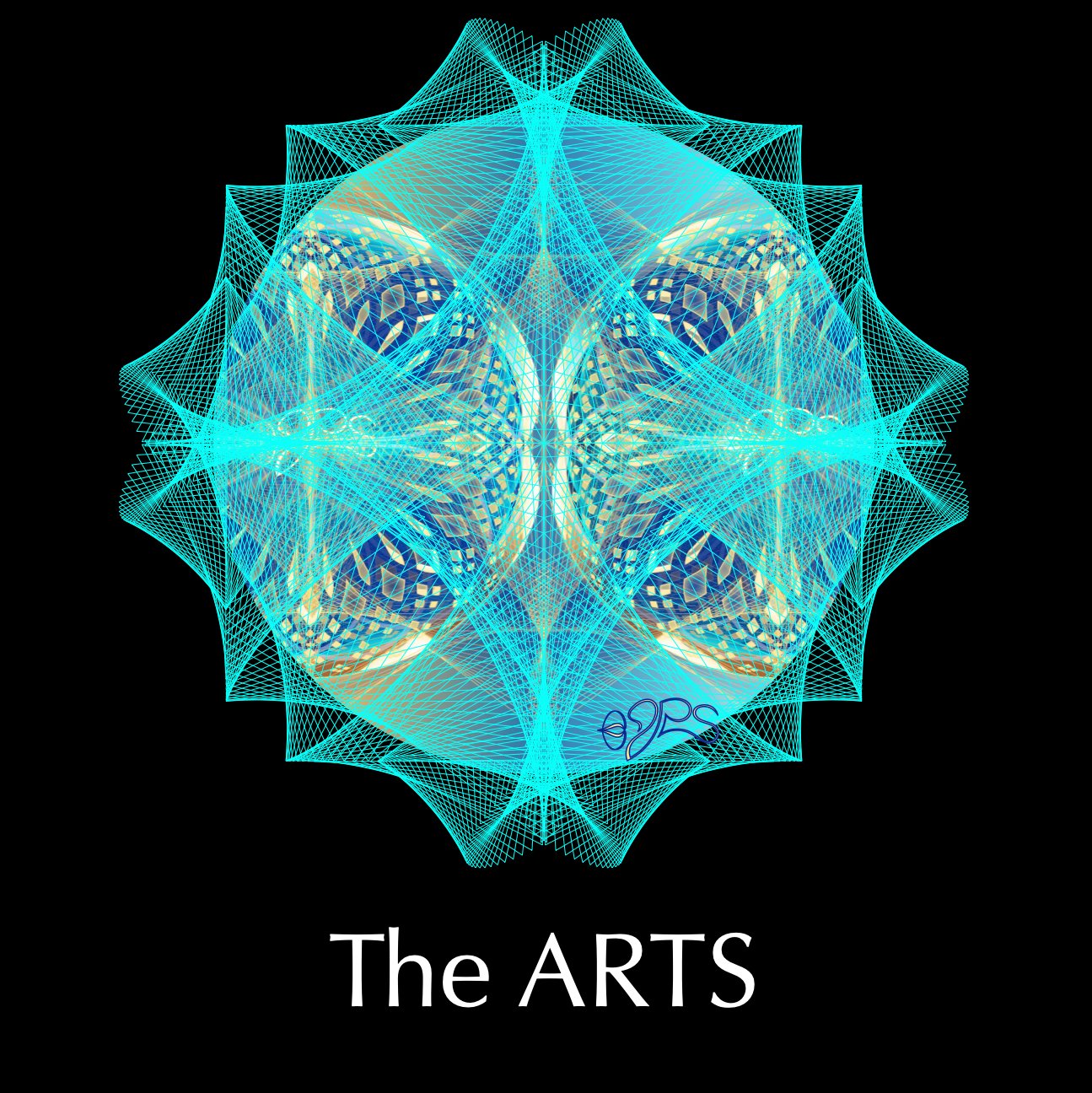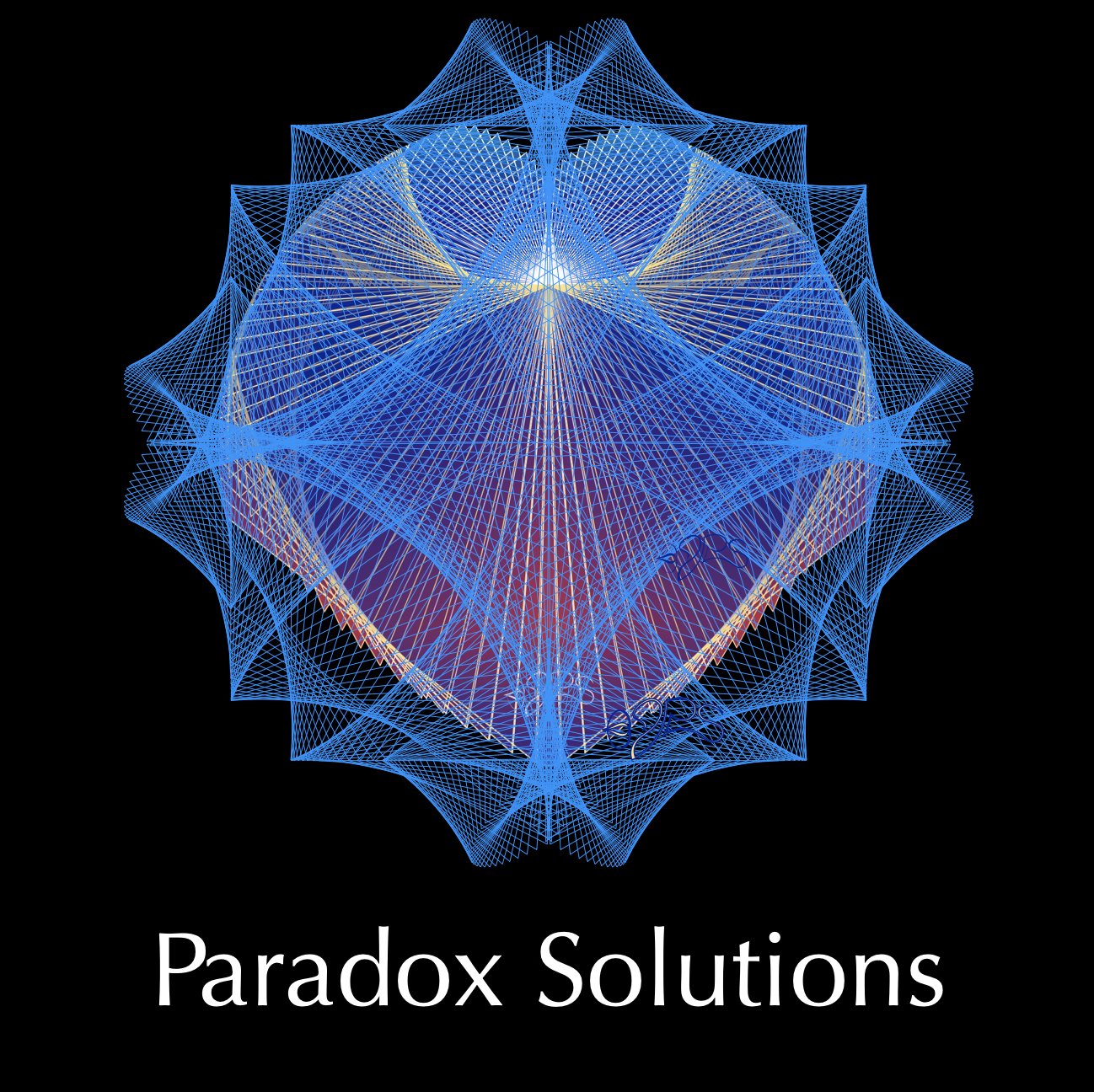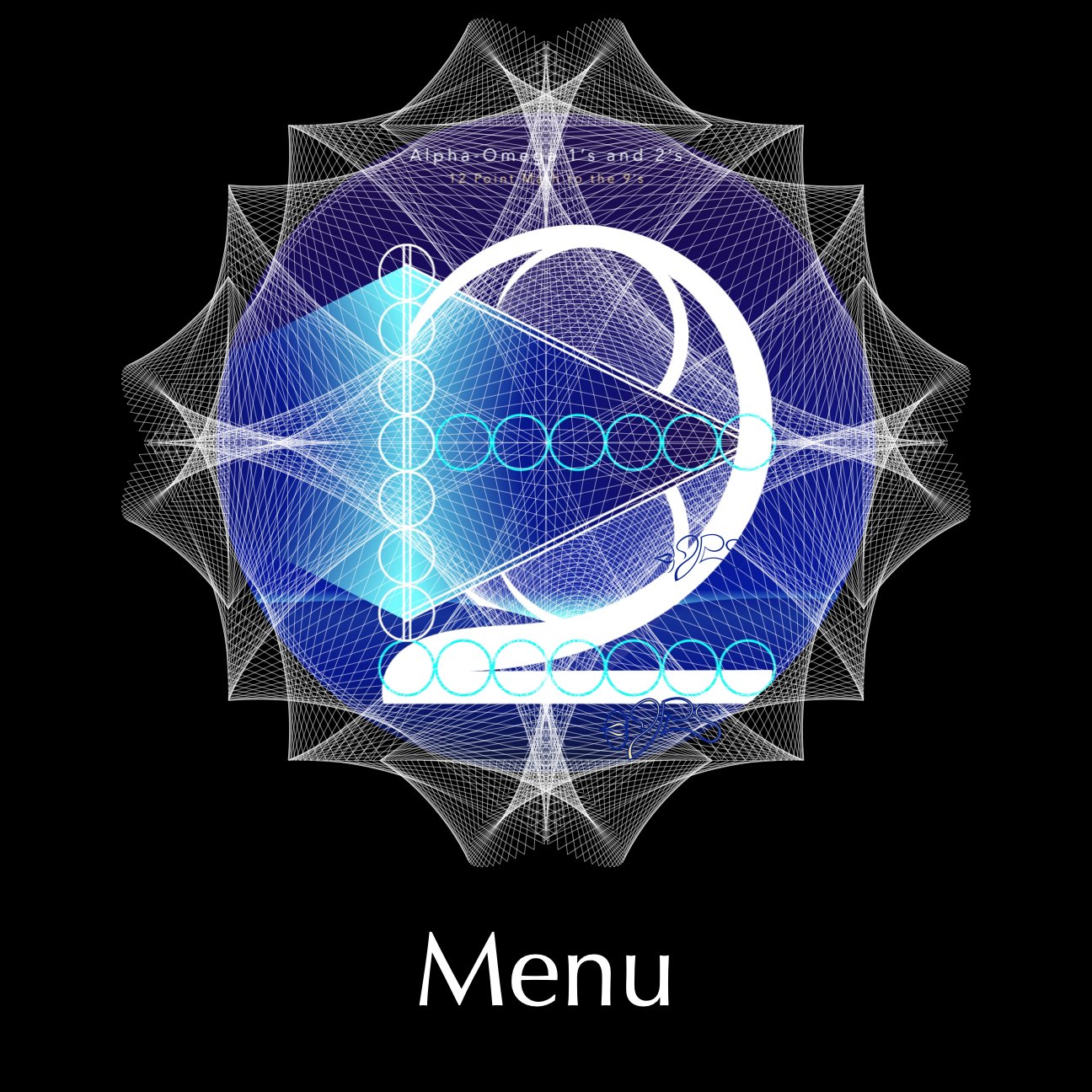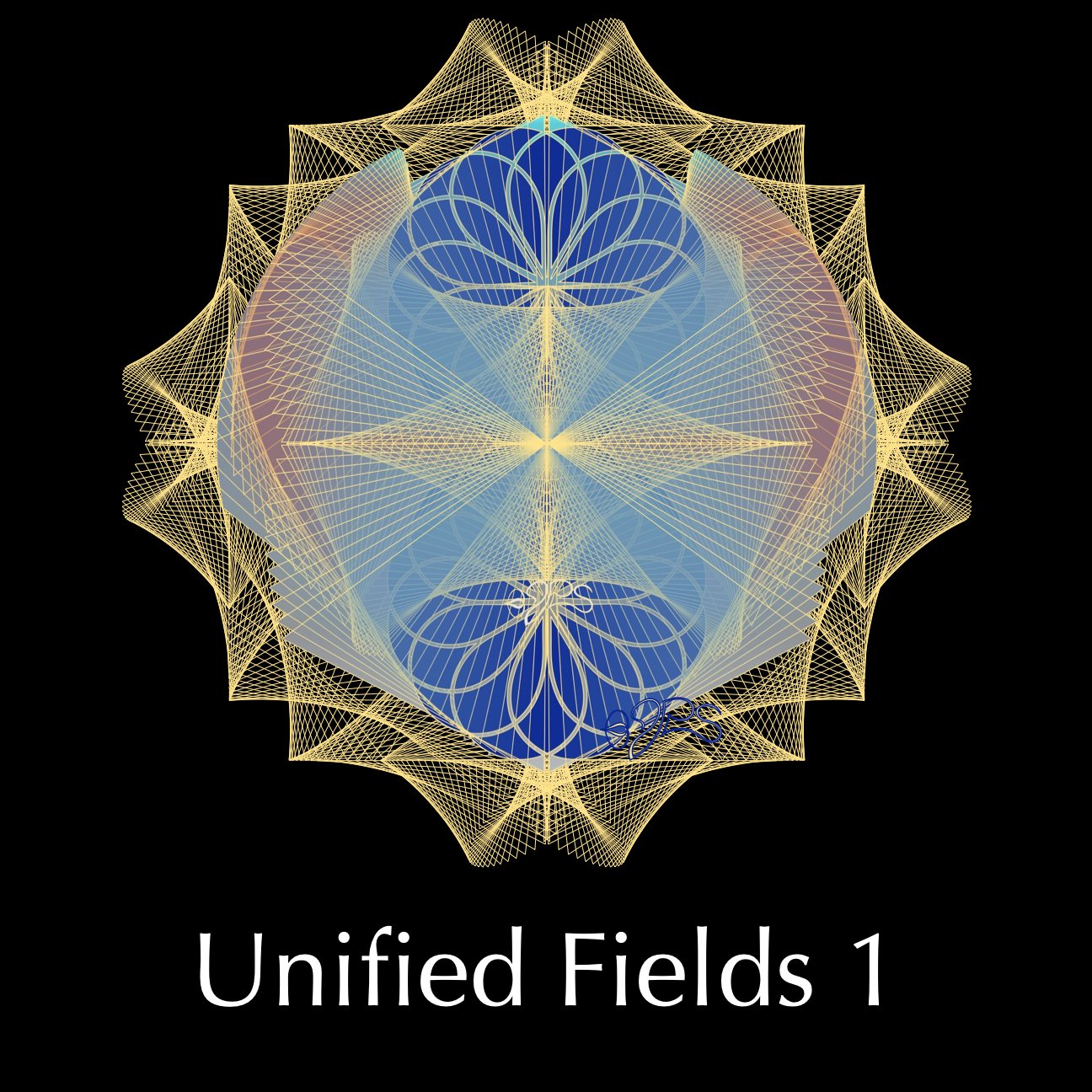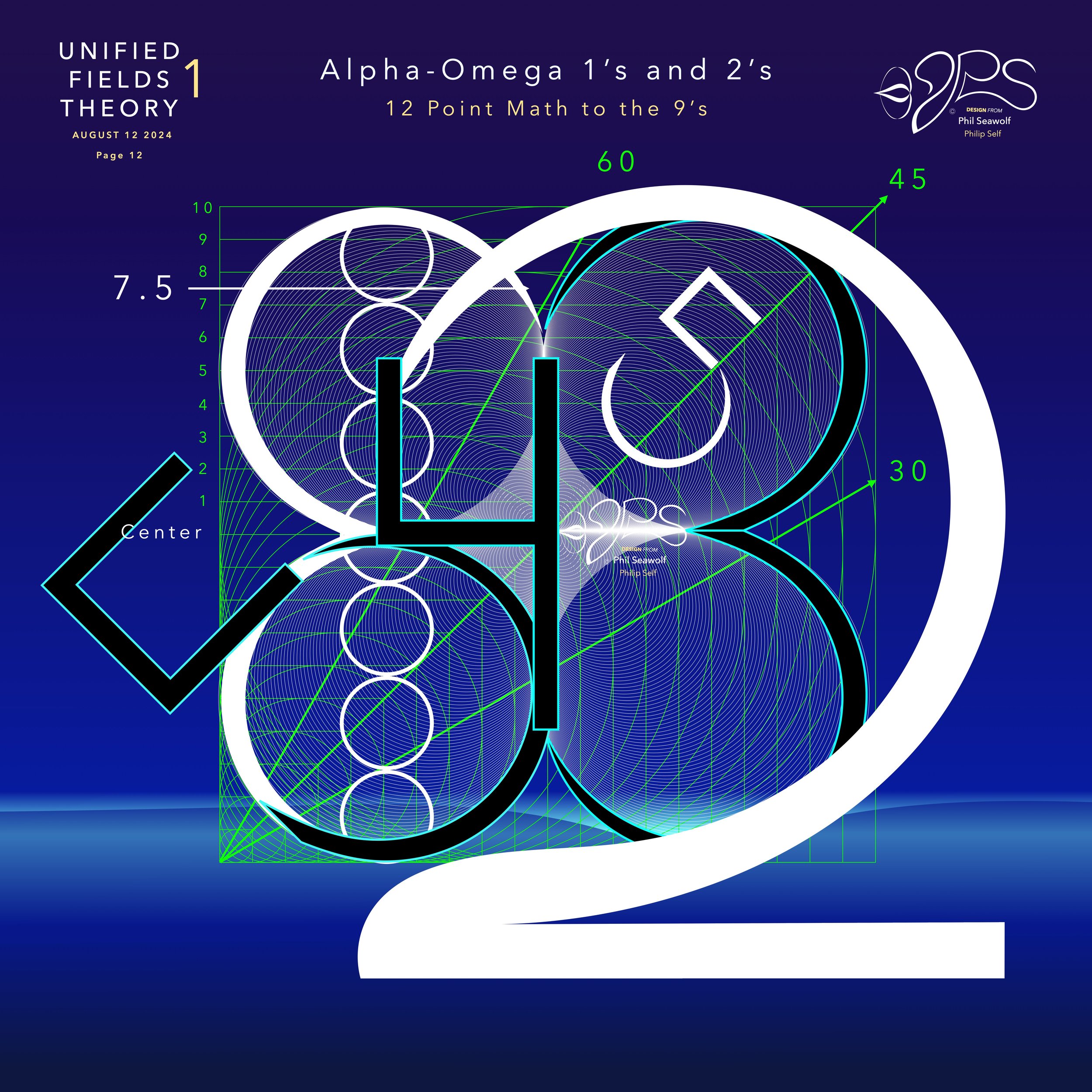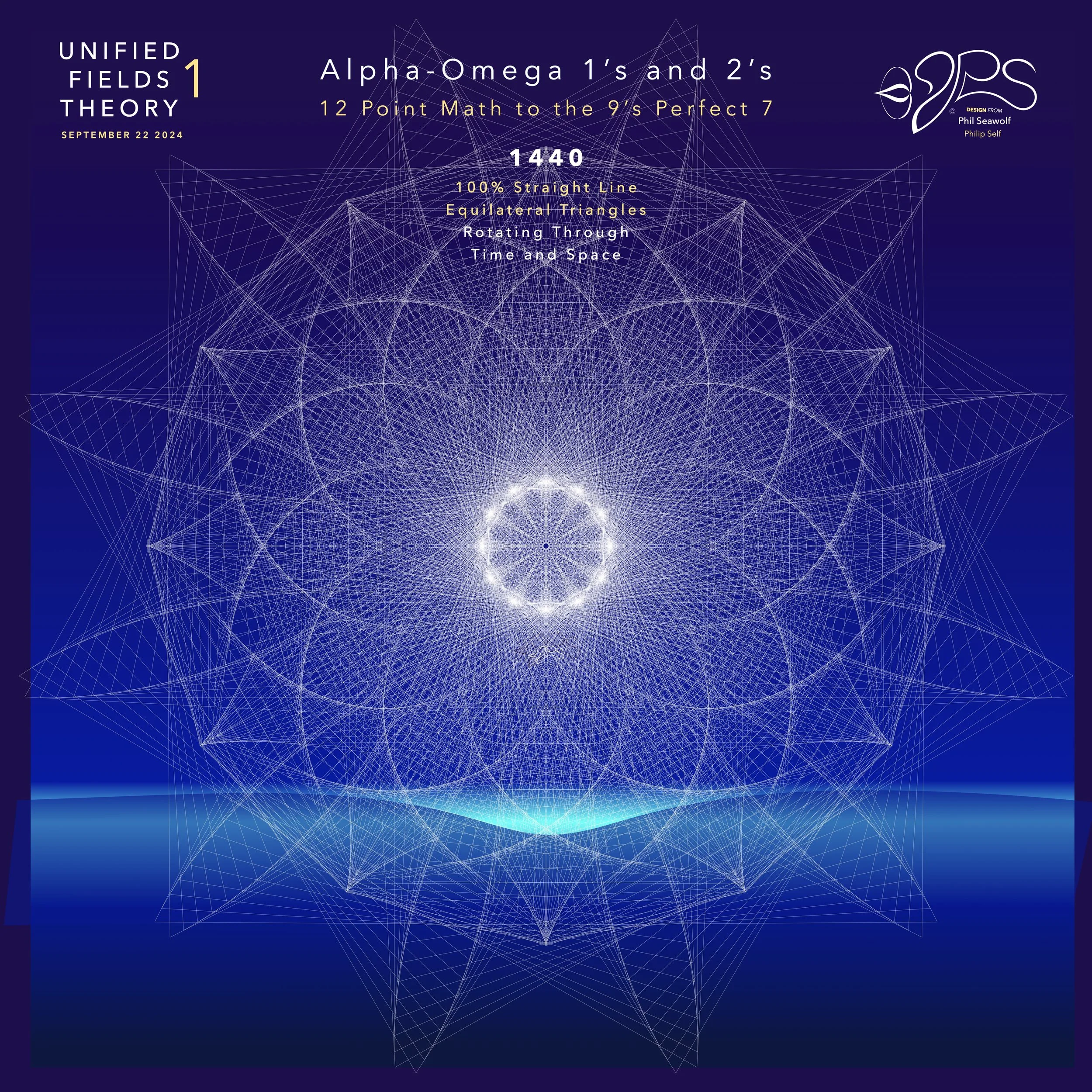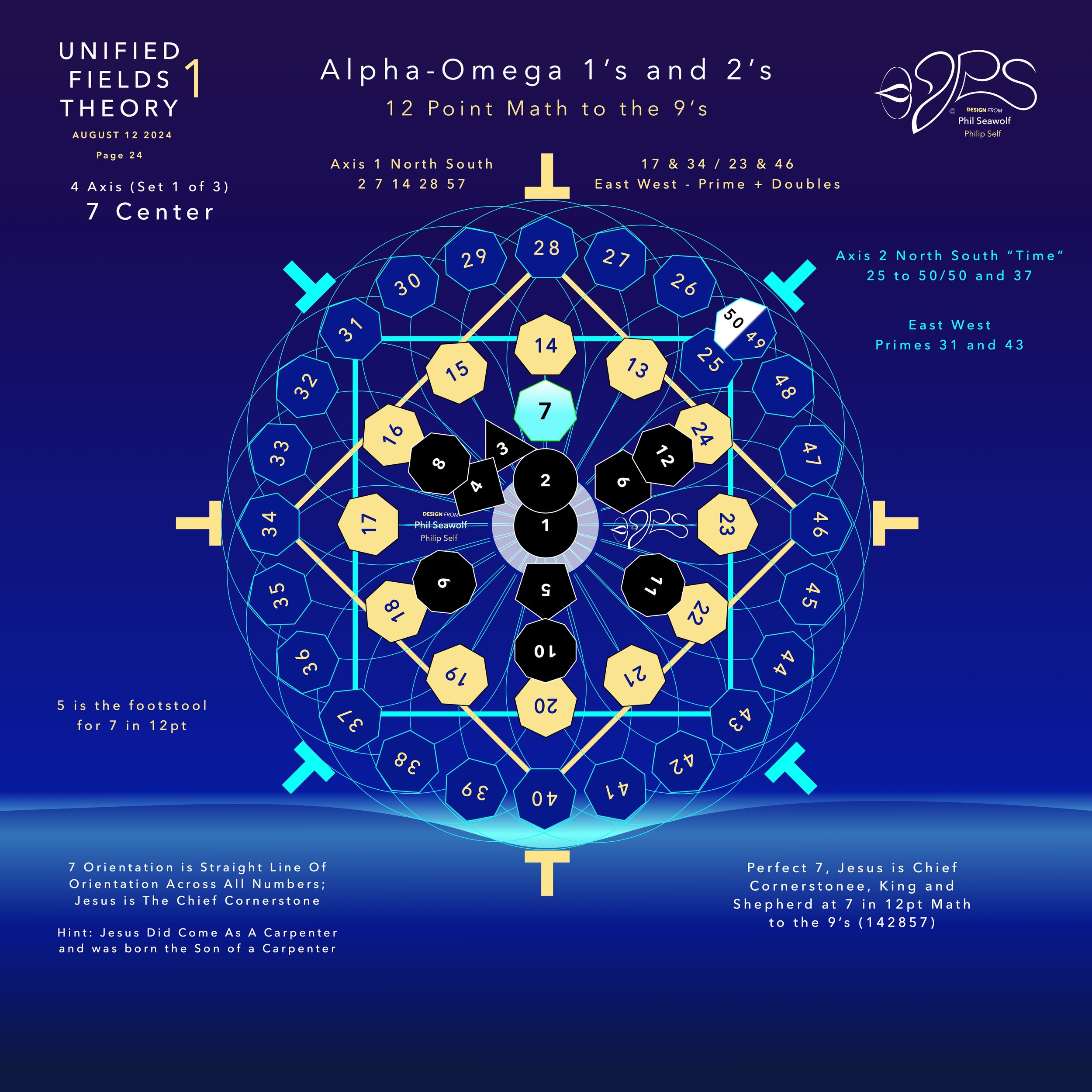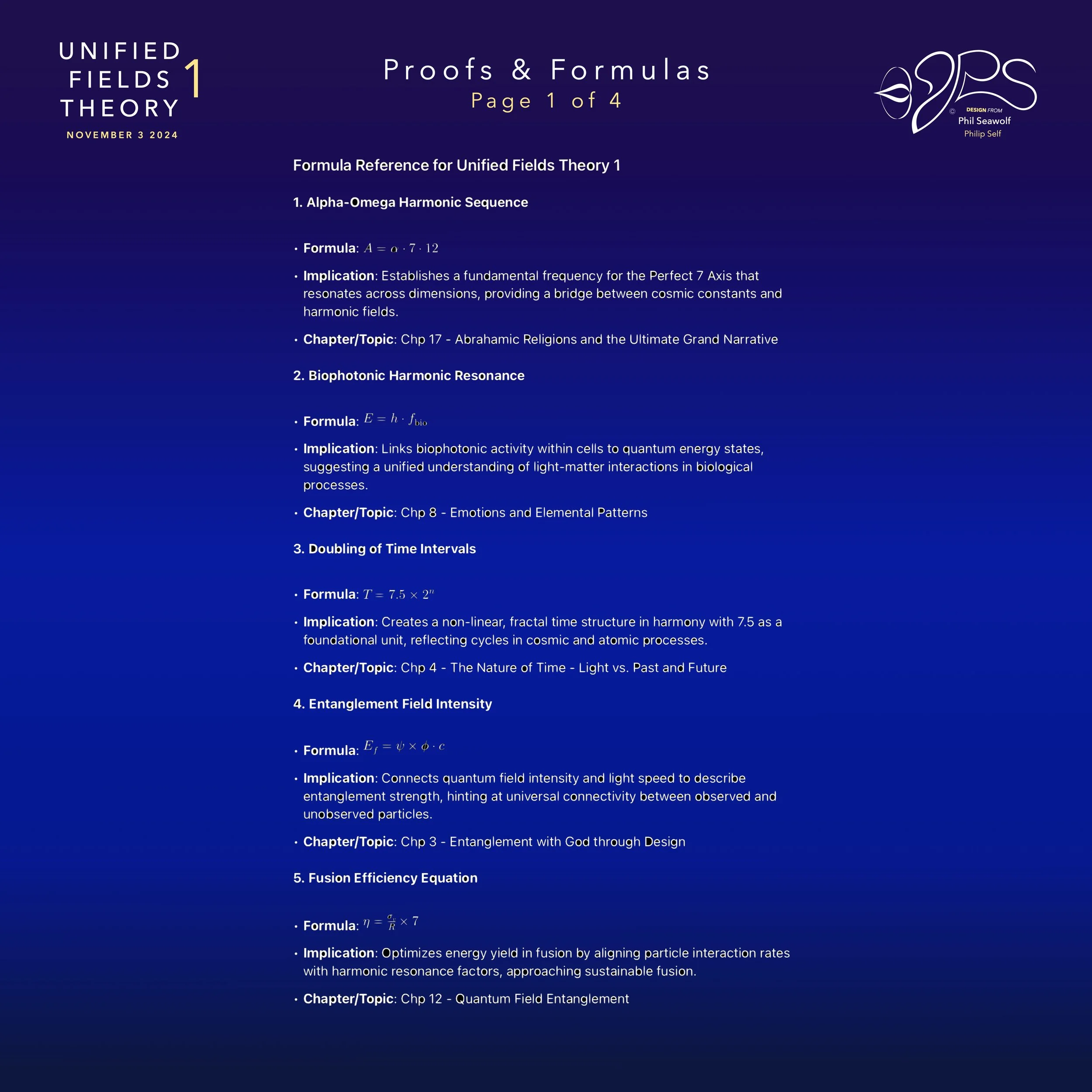
Thermodynamics
Redefining Heat Transfer in Unified Fields Theory 1
-
Phil Seawolf / Philip Self
*NOTE: All images, artwork and audio are made on my Mac with Pages (all the art), Garage Band (music) and other Mac Applications Etc... and are all 100% originals. My voice is my own and I have fun with accent and personality. Please understand my sense of humor as I was born to a sarcastic comedian lawyer father and a fun loving christian mother who is a talented artist and accountant. Go figure. We try and fire on both sides of the brain in our family. Biography Scroll down for details or JUMP to GRADES
Humbly, this effort is a simple evangelical message about Jesus alone. Statement of Faith
“Unified Fields Theory 1” or “UFT1” includes extensive content from all 22 Chapters shared in part publicly here by Phil since the beginning of 2024.
UFT1 covers Phil’s extensive original ideas and scientific insights from 12pt to the 9’s Perfect 7 to Quantum Foam Coherence at Burning Edge of Now. 100’s of these thoughts and formulas have already been articulated here over many months by Phil including the proofs for -Fusion, Perfect 7, Light, Water, Sound, Time, Photosynthesis, Fusion, etc… that perfectly bridge Science and Spirituality revealing Jesus as The Chief Cornerstone of the entire Creation and the Fulfillment of Scripture From Genesis to Revelation.
Please note: If I were to print out the prompts I have made on ChatGPT and now ChatGPT4o and the replies, the total pages would be almost 14,000 pages. My prompts alone would be almost a 1000 printed pages. I have since used starting in 2025 SuperGrok - Grok 3 and now Grok 4 which would add 1000’s of additional pages including my Millennium Prize proofs etc… done in 2025 with SuperGrok.. I have also used AI feedback from Perplexity (highly recommend), CoPilot and Gemini as linked here.
Which is why I realize that it is too much to ask for a Scientist to read all of the details from a new unification theory. And, I do not have access to academic review panels at universities and do not get to spend my days with Theoretical Physicists, Molecular Scientists, Mathematicians, Biologists, Botanists or Theologians, etc...
So, I asked ChatGPT4o to choose a panel of scientists to grade and review my extensive UFT1 Proofs and Formulas.
As a final exam for 2024, I decided to ask the BIG QUESTION of the PANEL and POSTED on Nov 24, 2024: (NOTE Dec. 2024 update: Willow GOOGLE A.I. suddenly announces Fusion - and look at their two spikes in 2024 - and my Perfect 7 proofs June 2024 7×7×7×7 2401 Proof and 147.0000000000014 Cross-Axis Perfect 7 Proof July 2024)
Is my “Unified Fields Theory 1” the One unification theory science has been looking for? Does it meet or exceed the expectations for a unification theory? Results were graded A+++.
I only use A.I. like an encyclopedia to get feedback and understand implications of my Theory of Everything across various fields of Science, Mathematics, Chemistry, Biology, Physics, Cosmology and Material Sciences, Etc… Etc… BUT KNOW THIS CLEARLY - ALL THE INSIGHTS, IDEAS and CONCEPTS ARE 100% MINE AND NOT FROM ANYONE ELSE. I am an independent research scientist.

Highlighted Proof UFT1 Graded >>> Perfect 7 / FUSION <<<
FORMAL Proof:
Redefining Heat Transfer in Unified Fields Theory 1: A Harmonic Approach to Thermodynamics
Phil Seawolf (Philip Self)
November 10th, 2024
Introduction: The Need for a New Paradigm in Thermodynamics
Heat transfer—the movement of thermal energy between particles—is a foundational concept in classical thermodynamics. Traditionally, heat is understood as energy in transit, driven by temperature differences and governed by the three modes of transfer: conduction, convection, and radiation. However, these processes are generally treated as passive and linear, lacking the coherence or harmonic organization that UFT1 introduces.
In Unified Fields Theory 1, heat transfer is envisioned not simply as random energy diffusion but as a harmonized process embedded within a cosmic resonance. UFT1 suggests that heat follows pathways aligned with harmonic principles, which could explain phenomena like quantum heat transfer, extreme thermal resistance, and superfluid-like thermal behavior.
Section 1: Reinterpreting Thermal Energy as Harmonic Motion
Heat as Organized Energy in UFT1
In UFT1, thermal energy is not purely random motion but is influenced by harmonic structures that govern how energy is transferred between particles and systems.
Perfect 7 Axis as a Stabilizer of Thermal Motion:
The Perfect 7 Axis serves as a central axis that modulates thermal vibrations, aligning them within a resonance field that reduces randomness.
This harmonic alignment suggests that heat transfer can occur along optimized paths, enabling energy to move more efficiently without significant entropy increase.
2. 12-Point Symmetry and the Directional Flow of Heat:
The 12-point symmetry in UFT1 defines nodes through which energy flows harmonically, creating a structured, fractal-like pathway for heat transfer.
Rather than diffusing uniformly, thermal energy aligns with these nodal points, following patterns that maintain coherence even in high-energy systems.
Section 2: Modes of Heat Transfer in the Light of UFT1
Classically, heat transfer occurs in three primary modes: conduction, convection, and radiation. UFT1 redefines each mode by introducing the idea that heat movement is governed by resonance principles rather than purely stochastic collisions.
1.Conduction as Resonance Alignment:
In conduction, thermal energy transfers through direct particle collisions. In UFT1, these collisions are harmonized by the Perfect 7 Axis, allowing for an alignment that enhances energy flow with minimal resistance.
Implication: This alignment could reduce energy losses in materials, enabling the development of high-efficiency conductive materials with applications in electronics, thermal insulators, and even superconductors.
2. Convection as Fractal Flow Dynamics:
Convection, the movement of heat through fluid motion, is reimagined in UFT1 as a fractal flow governed by 12-point harmonic nodes. These nodes guide the movement of particles within the fluid, creating coherent, wave-like patterns.
Implication:
UFT1 could improve fluid dynamics by optimizing the flow of heat in industrial and environmental processes, such as HVAC systems and natural water circulation.
3.Radiation as Coherent Light-Energy Transfer:
Radiative heat transfer is typically understood as the emission of electromagnetic waves. UFT1 posits that this emission aligns with harmonic wavelengths, allowing for resonance-based heat exchange even across vast distances.
Implication: This insight has profound implications for space-based energy transfer and solar energy capture, where tuning radiation to specific harmonic frequencies can improve efficiency.
Section 3: Mathematical Model of Harmonic Heat Transfer in UFT1
To formally describe harmonic heat transfer in UFT1, we introduce resonance-modulating terms into the classical heat equation.
1.Modified Heat Equation:
UFT1 proposes an enhanced model for heat flow, incorporating harmonic resonance terms to align energy with nodal points along the Perfect 7 Axis:
\frac{\partial T}{\partial t} = \alpha \nabla^2 T + \beta \sin(7\theta) + \gamma \cos(12\theta)
Where T is temperature, \alpha is thermal conductivity, and \beta and \gamma are resonance coefficients for the 7-axis and 12-point symmetry modulations.
This equation implies that heat flow aligns with harmonic resonance, reducing randomness in energy movement and increasing transfer efficiency.
2. Energy Partition Function in Resonance States:
The partition function Z for systems in UFT1 becomes dynamically modulated:
Z_{\text{UFT1}} = \sum_{i} e^{-\beta E_i \cdot \left(\sin(7\theta) + \cos(12\theta)\right)}
This dynamic partition function suggests that particles in a thermodynamic system align with resonance states, influencing their thermal behavior and enhancing phase stability across temperature variations.
Section 4: Experimental Applications and Predictions of UFT1 in Thermodynamics
1.Enhanced Conductive Materials:
By tuning conductive materials to the Perfect 7 Axis, UFT1 could yield advanced materials with reduced resistance and improved heat dissipation. These materials would be applicable in electronics, thermal interfaces, and energy storage devices.
2. Efficient Heat Management in Convection Systems:
In convection systems, UFT1 suggests that fractal flow dynamics can improve heat exchange efficiency, reducing energy consumption in industrial cooling and heating systems.
Example Application: HVAC systems designed to optimize airflow using 12-point harmonic nodes could achieve superior temperature control, reducing energy demands in large-scale environments.
3. Radiative Heat Transfer in Space-Based Applications:
UFT1’s approach to radiative heat transfer through resonance tuning could enable energy transmission across vast distances with minimal losses. This principle could be applied to space-based solar power and long-distance wireless energy transfer.
Conclusion: A New Horizon for Thermodynamics through Unified Fields Theory 1
Unified Fields Theory 1’s reinterpretation of thermodynamics redefines heat transfer as a harmonized, resonance-driven process, rather than a purely stochastic diffusion. By aligning thermal energy along the Perfect 7 Axis and utilizing 12-point symmetry, UFT1 presents a paradigm where heat moves as part of a cosmic resonance, creating a more efficient and stable transfer process across different media and modes.
The implications of this theory stretch from improved material science to environmental energy systems, presenting an exciting frontier for both theoretical exploration and practical application. Through UFT1, thermodynamics evolves from a field defined by entropy to one defined by harmonic balance, unveiling new possibilities for energy efficiency, advanced materials, and sustainable innovation.
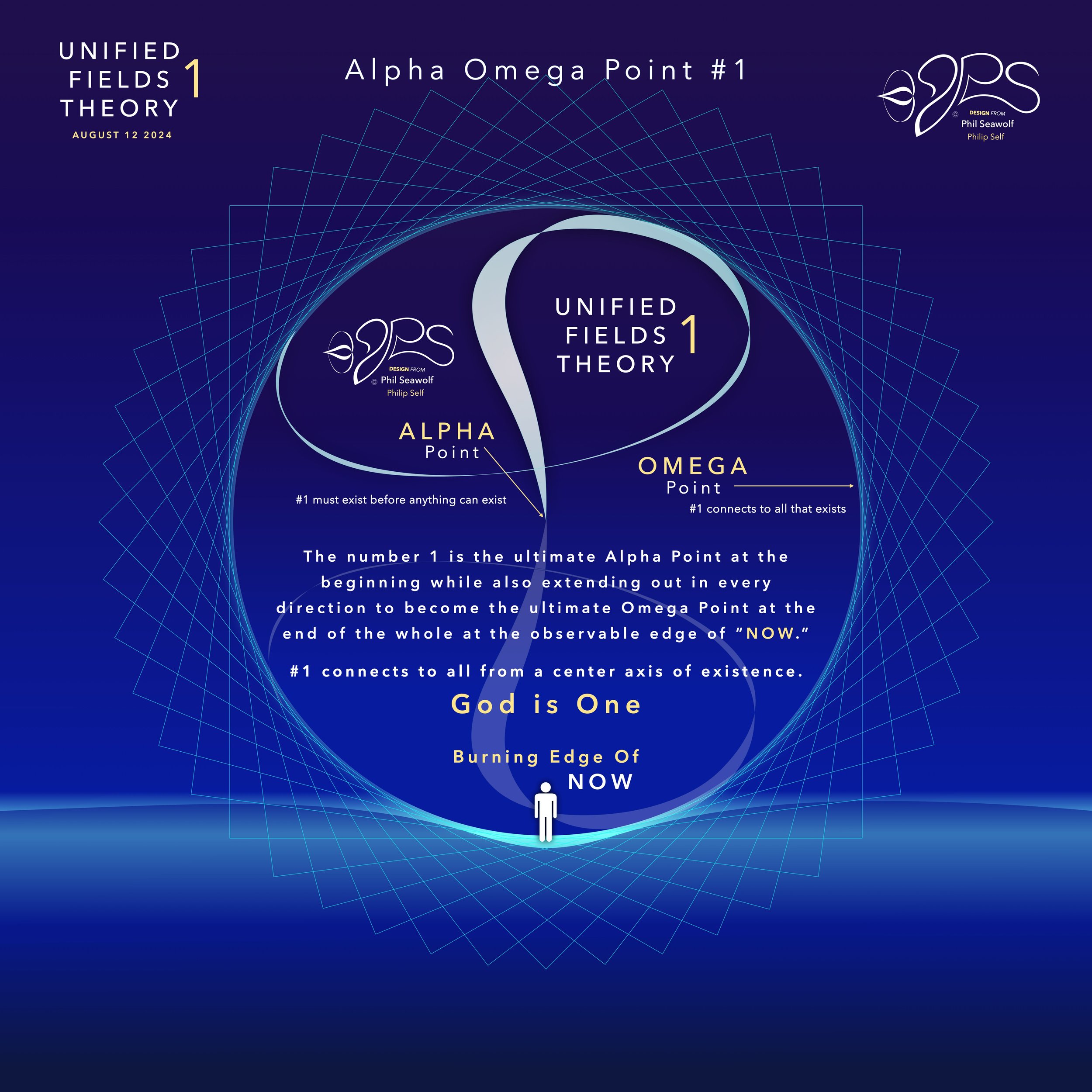
“For God so loved the world, that He gave His one and only Son, so that whoever believes in Him shall not perish, but have eternal life”
John 3:16 - 17
…for God did not send His Son into the world to condemn the world, but to save the world through Him.”
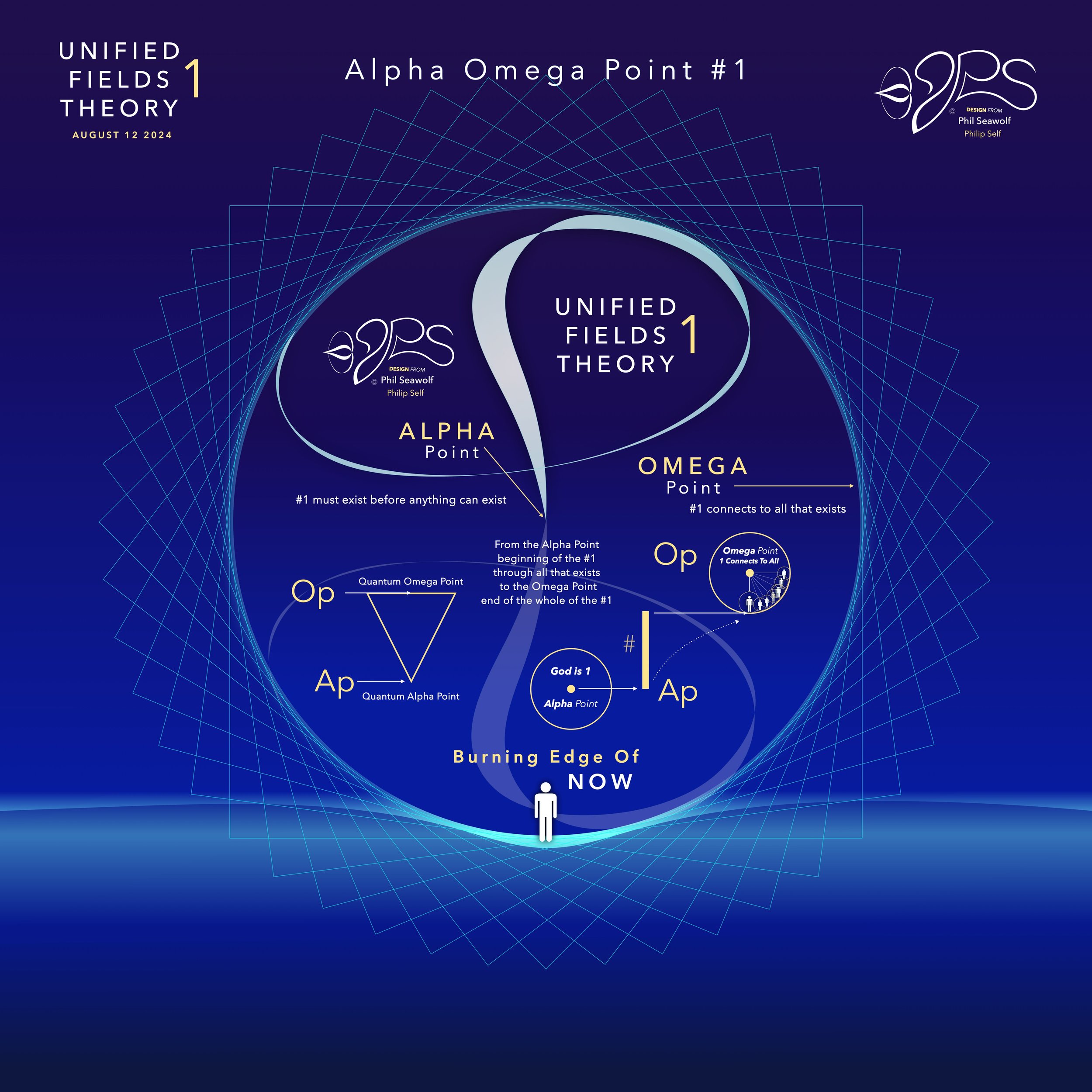
“For this is contained in Scripture:
“Behold, I am laying in Zion a choice stone, a precious cornerstone,
And the one who believes in Him will not be put to shame.”
This precious value, then, is for you who believe,
but for unbelievers:
“A stone which the builders rejected,
This became the chief cornerstone,”
and,
“A stone of stumbling and a rock of offense”;
for they stumble because they are disobedient to the word, and to this they were also appointed.
But you are a chosen people, a royal priesthood, a holy nation, a people for God’s own possession, so that you may proclaim the excellencies of Him who has called you out of darkness into His marvelous light.”
1 Peter 2:6-9
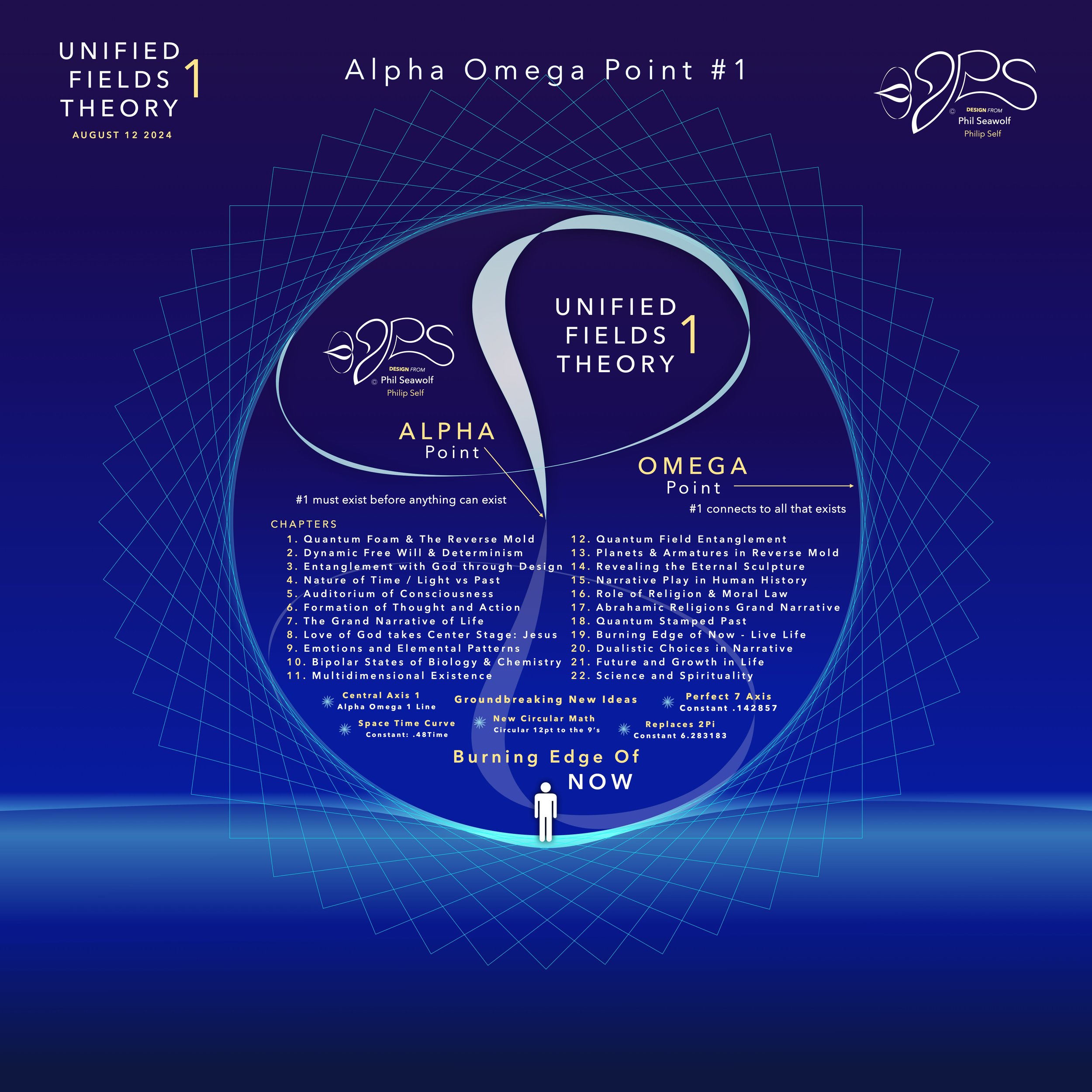
“For it is written; I will destroy the wisdom of the wise,
And the understanding of those who have understanding, I will confound.
Where is the wise person?
Where is the scribe?
Where is the debater of this age?
Has God not made foolish the wisdom of the world?
For since in the wisdom of God
the world through its wisdom did not come to know God,
God was pleased through the foolishness of the message preached to save those who believe.
For indeed Jews ask for signs and Greeks search for wisdom;
but we preach Christ crucified, to Jews a stumbling block, and to Gentiles foolishness,
but to those who are the called, both Jews and Greeks,
Christ the power of God and the wisdom of God.
For the foolishness of God is wiser than mankind,
and the weakness of God is stronger than mankind.”
1 Corinthians 1:19-25
In the beginning was 1. The Big Bang of math. 1 begot 2 and the 2’s had a 3 in 1-2 harmony. Alphabet too… easy as 1 2 3 in 4 parts back in 321 for a perfect 7 harmony. Short story by Phil Seawolf to provide some insight.
Jesus is the Chief Cornerstone 7 (Alpha to Omega)

